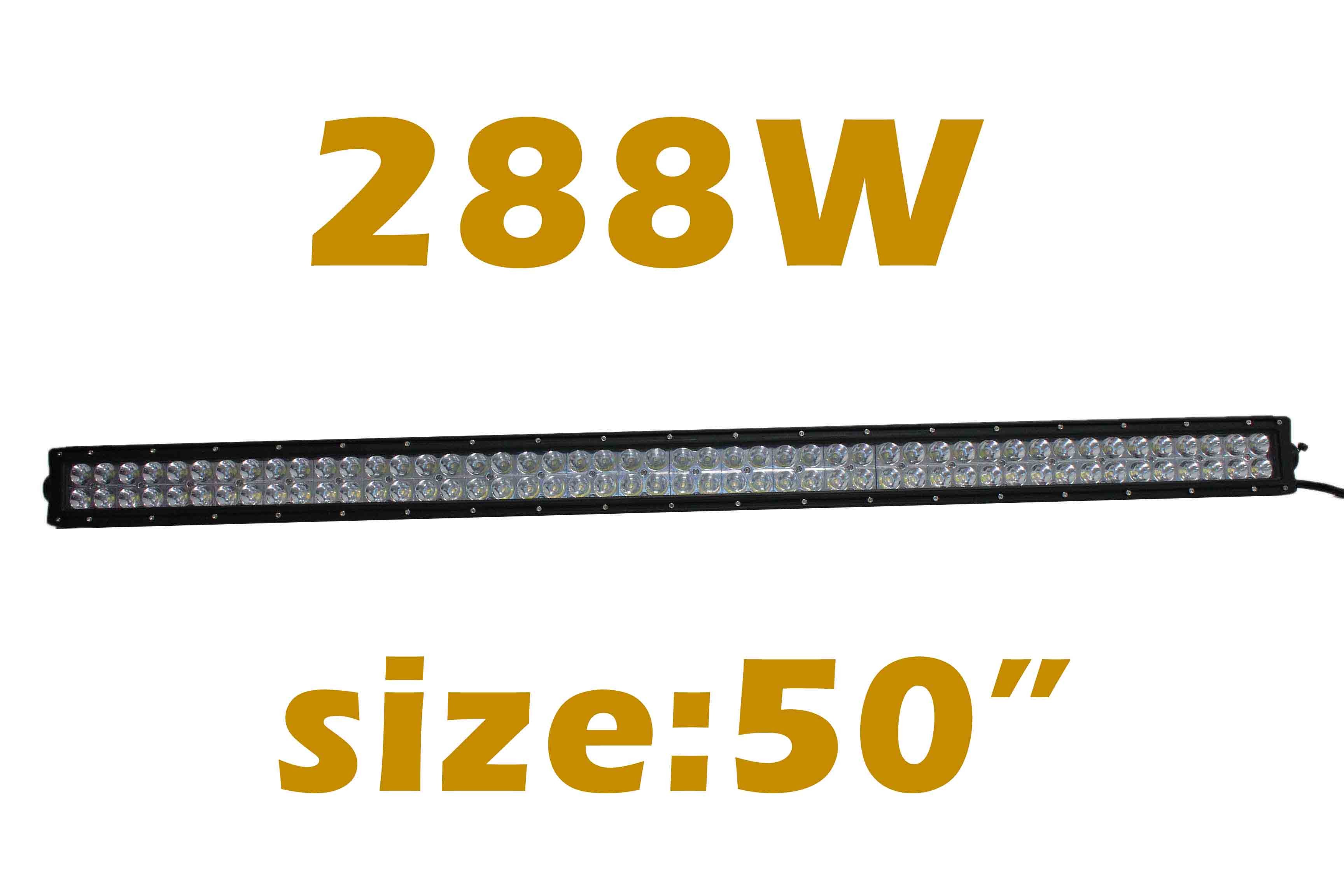Choice of light colors - LED flashlights come in many colors like blue, green, red, and of course, traditional white. Moreover, white light emitted by LED flashlights is more akin to natural sunlight in comparison to what is produced by incandescent bulbs. Furthermore, when the battery loses power, LED flashlights continue to project white light and not a yellowish-orange light like conventional flashlights do.
. Save energy - LED flashlights require significantly less energy in comparison to conventional flashlights. The potential energy savings by using LED flashlights is estimated to be approximately 85%.
. Reduce air pollution - As LED flashlights require less power, they help in reducing air pollution. This is why LED flashlights are an obvious choice for those who want to reduce their carbon footprints.
. Zero Ultraviolet (UV) emissions - Unlike incandescent bulbs, LED flashlights produce no UV radiation. Furthermore, the heat and infrared emissions of LED flashlights are considerably less than those in incandescent bulbs
Disadvantages
. Higher initial cost - The price of LED flashlights is significantly higher than incandescent flashlights. However, in the long run, LED flashlights turn out to be cheaper than those with incandescent bulbs since they last longer and require less power.
. Produce less light - Another criticism of LED flashlights is that they produce less light or do not throw light as far as conventional flashlights do. However, in the majority of cases, this is not much of a drawback, as most people use flashlights to see things relatively close to them.


没有评论:
发表评论